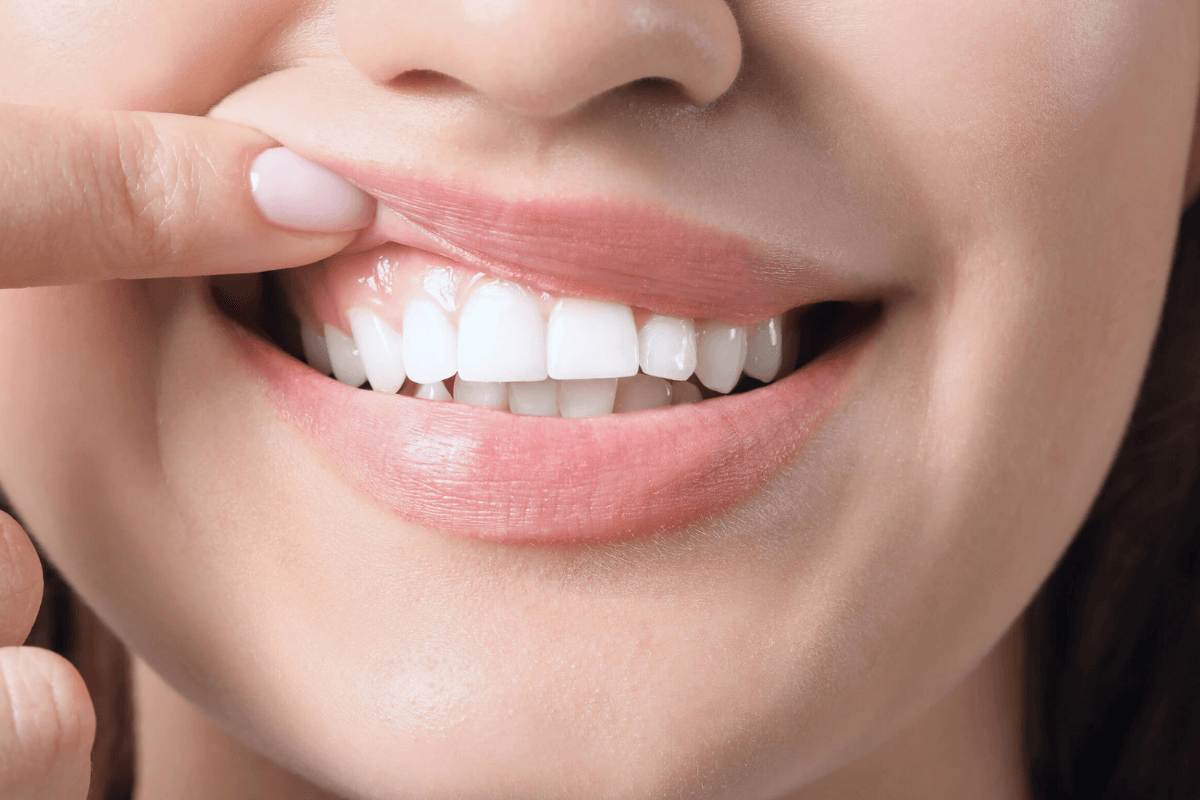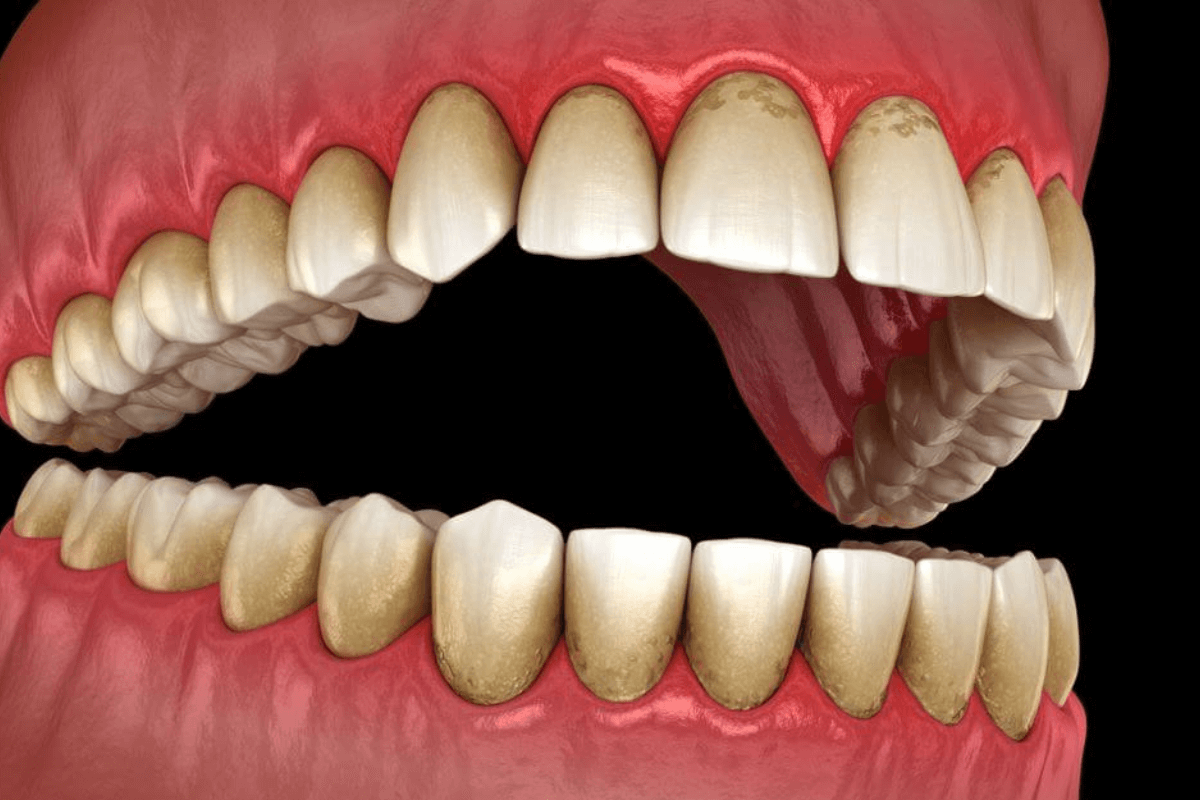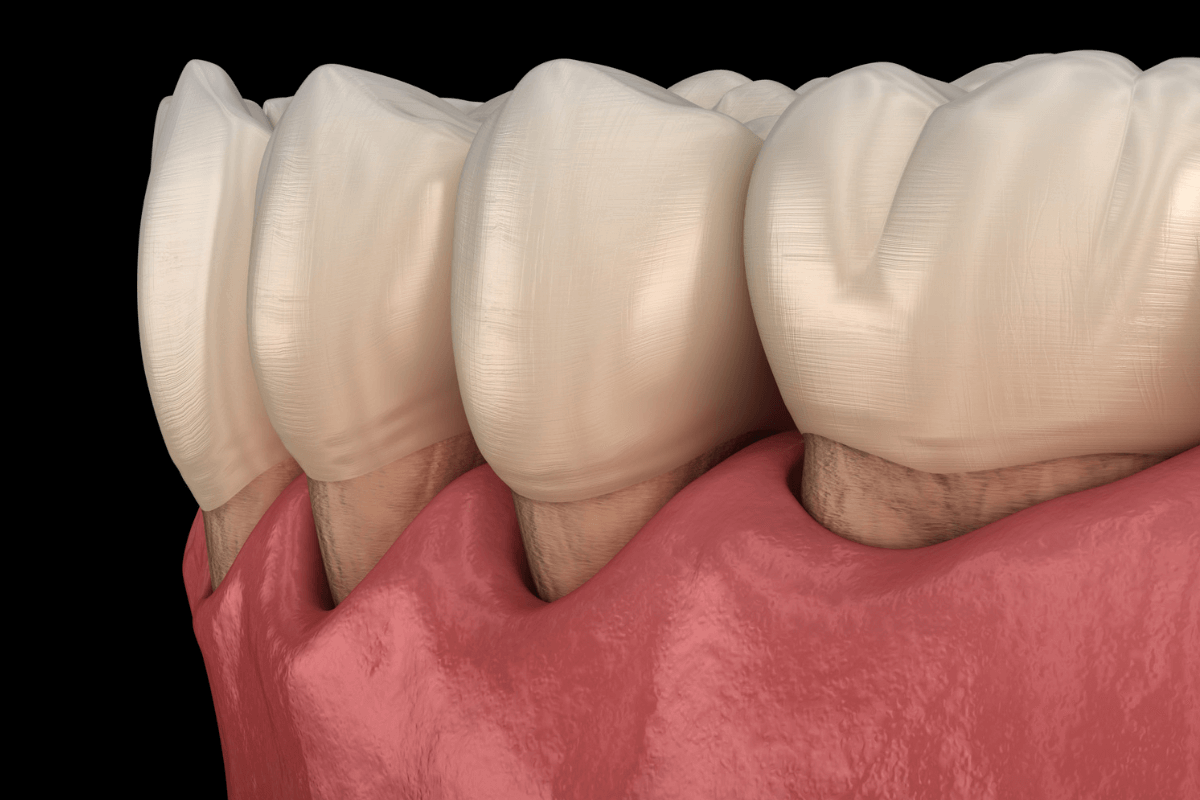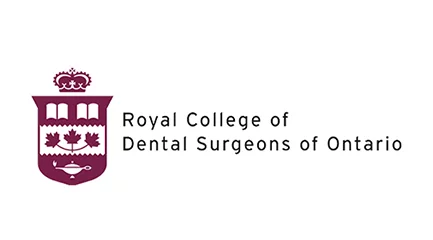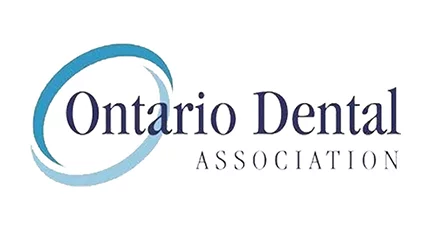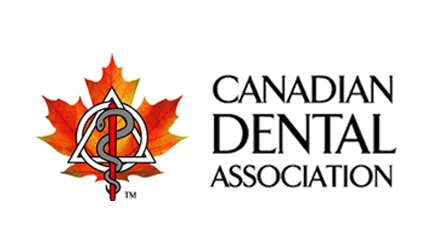GUM LINE CAVITIES: CAUSES, SYMPTOMS, AND TREATMENT
When we think of dental cavities, we usually think of cavities on chewing surfaces like the molars or between teeth. But, cavities can form along the gum line, a condition referred to as a gum line cavity. These can be especially troubling because of their proximity to the gums and their potential to impact both periodontal and dental health.
This article explores the reasons, signs, prevention and treatment of gum line decay, and emphasizes how important it is to detect them early as well as professional dental care.
WHAT IS A GUM LINE CAVITY?
A gum line, often known as cervical cavities, is formed at the point that the gum and tooth meet. Contrary to other cavities that are found on the surfaces of bites or between teeth the gum line cavity is situated in the surface close to the gum line.
These can be especially difficult to detect, as they might not be obvious and can develop without visible signs.
Gum line cavities are usually classified as smooth surface cavities except when they extend beyond the gum line and, in this case, might affect the surface of the root and require more extensive treatment.
HOW DOES A DENTAL CAVITY GROW?
Similar to other types of tooth cavities, gum cavities develop when plaque and bacteria accumulate within the mouth. The acid produced by this bacteria damages the tooth enamel and forms a hole. Like the pits and fissures in the molars are hot places for bacteria, food and plaque to become stuck, as are the areas close to the gum line.
The surface of the root (cementum) is much softer than enamel, which means it can decay faster when it is exposed to plaque. That’s why it’s important to keep a habit of brushing and flossing frequently to eliminate the buildup that has formed on these areas prior to it forming tooth decay.
CAUSES OF GUM LINE CAVITIES:
Many factors influence the formation of gum line cavities.
1. PLAQUE AND BACTERIAL ACCUMULATION
Similar to other types of dental cavities, gum line cavities are formed as plaque and bacteria accumulate within the mouth. The acid created by these bacteria degrades the tooth’s enamel, causing the gap. The areas directly along the lines of your gums can be the most popular spots for bacteria, food and plaque to become stuck and cause decay.
2. GUM RECESSION
Gum line cavities can also be caused by dental roots that have been exposed. This happens due to the fact that gum tissue which normally helps protect the roots shrinks because of gum diseases, making the tooth roots susceptible to pain and decay.
3. AGGRESSIVE BRUSHING
The force of a toothbrush or using a toothbrush with a hard bristle can cause damage to the tooth enamel close to the gum line. This can lead to gum receding. Both of these can increase the risk of developing cavities that occur in this area.
4. DRY MOUTH
The flow of saliva is reduced, which can affect the mouth’s ability to neutralize acids as well as wash away food particles, resulting in an increased risk of tooth decay at your gum line.
SYMPTOMS OF GUM LINE CAVITIES:
The early detection of gum line decay is vital for a successful treatment. The most frequent signs include:
- Sensitivity of the Teeth: In particular to cold, hot and sweet stimuli.
- Visible discoloration: Black or brown spots on the gumline.
- In particular, when flossing or brushing close to the area of concern.
- Swelling or bleeding Gums A sign of deeper gum problems that can accompany cavities.
If you are experiencing any of these symptoms it’s important to talk to an expert dentist immediately.
WHO IS AT RISK OF DEVELOPING A GUM LINE TOOTH?
The following factors could contribute to your chance of getting gum line dental cavities:
AGE
The majority of studies show that cavities are extremely prevalent in adults, with over 90% of people having at least one dental cavity. It appears that the older you get, the greater the chance of getting cavities. The research has revealed that cavities in the root tend to develop more frequently among older adults. It is because of the gum recession, which occurs more often as we become older.
In actual fact, 70 percent of adults aged 65 or over have some type of periodontal disease. This includes gums pulling away from teeth.
POOR ORAL HYGIENE HABITS
If you don’t floss and brush your teeth daily, they might leave food or drinks residue behind. The bacteria that live in your mouth feed off the residue, resulting in plaque.
The plaque that builds up can and damage the enamel of your teeth. This can cause tooth decay. Plaque can also build over your gum line and may harden into tartar that is difficult to eliminate and may affect the dental health. The removal of plaque can lower the amount of tartar that is built up and also the risk that gum line cavities develop.
DRY MOUTH
Also known as xerostomia dry mouth happens in the absence of sufficient saliva. Saliva protects against gum decay and tooth disease, therefore a lack of saliva can increase the chance of developing cavities.
TREATMENT OPTIONS:
The positive side is that a cavity in the gum line can be fixed. The sooner you recognize this, the more harmed you’ll be. Gum Line treatment is usually identical to treatment for an average cavity that is located on the upper part of the tooth. If the cavity doesn’t go to the root the only thing you’ll require is the filling.
This will involve the injection of novocaine or a different numbing agent, so that you do not feel any discomfort. The dentist will then remove the decayed part of the tooth, so that there’s only a healthy tooth left. Naturally, a cavity such as that could be an ideal place to store bacteria, and your dentist will supply you with the dentist-made filling.
A common filling is constructed of a composite resin. The filling will be identical to the color of your teeth, meaning you don’t have to be worried about anyone seeing it every time you smile. The dentist’s goal is to bring back your confidence, so that you can smile with no hesitation.
One possible issue is an untreated tooth that is too deep. In this scenario, the dentist will require the procedure of a root canal. This procedure is more complex than a standard filling, however it will allow you to keep as the majority of your tooth as you can.
A root canal is the process of cleansing the pulp within your tooth and also the pathways that connect to your tooth. Prior to sealing the area off the dentist makes sure that the inside of your tooth is cleaned. In the event of a serious infection, the tooth cavity, it may require the use of a crown to provide extra protection.
PREVENTION STRATEGIES:
To prevent gum line dental caries, it is the combination of good dental hygiene practices as well as regular dental visits:
- Correct brushing technique Make use of a soft-bristled toothbrush and gentle circular motions to clean your teeth without causing damage to tooth’s enamel and gums.
- Daily Flossing removes food particles and plaque between the teeth in the line of gum.
- Regular dental checks Cleanings and exams by a professional aid in identifying early signs of gum decay and disease.
- Balanced Diet: Restricting food items that are acidic or sugary can help reduce the risk of developing cavities.
- Use of fluoride Toothpaste It strengthens enamel and reduces the risk of decay.
Implementing these techniques can dramatically lower the chance that you will develop gum line dental cavities.
THE IMPORTANCE OF PROFESSIONAL CARE:
While maintaining a healthy dental health at home and in the kitchen is essential and essential, professional dental care plays an essential role in maintaining your oral health. A regular visit at Balsam Dental allows for the early identification and treatment of problems such as gum line decay, which can prevent more serious issues in the future.
Our team of experts is committed to providing personalized treatment that is tailored to the individual needs of each patient. We use the most advanced technology and methods to provide effective and pleasant treatments.
SCHEDULE YOUR APPOINTMENT TODAY!
Gum line cavity can cause problems for the health of both your mouth and your periodontal if they are not treated. The early detection and treatment is crucial to keep your smile.
Here at Balsam Dental, we’re here to assist keep your mouth healthy. If you require a routine appointment or treatment for a cavity or advice on prevention Our team is here to help you. Don’t wait until a tiny dental cavity develops into a bigger issue. Contact us today to set up an appointment and begin the first step towards a healthier smile.


